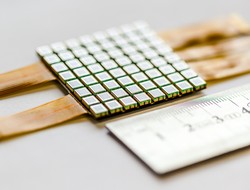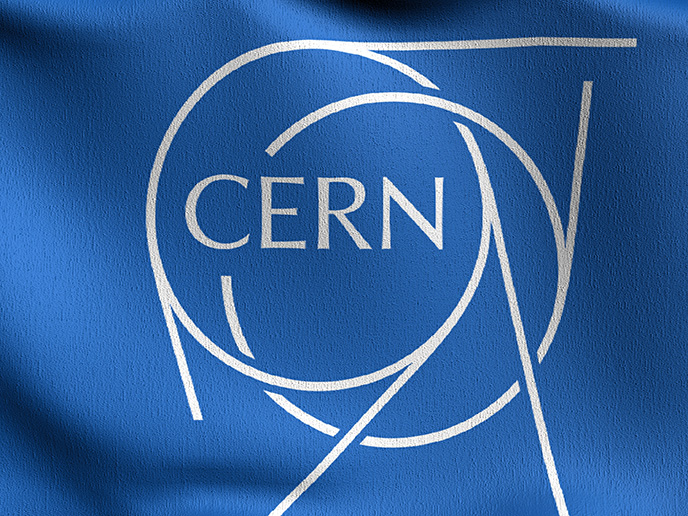Silicon photomultipliers
The development of novel analytical and experimental approaches for an in-depth characterisation and optimisation of silicon photomultipliers (SiPMs) was the main scientific goal and research challenge of the project SIPM IN-DEPTH (Development of novel analytical and experimental approaches for an in-depth characterization and optimization of silicon photomultipliers). Results include an advanced analytical model of SiPM time resolution. This model is already in high demand for time-of-flight applications such as 4D imaging particle calorimetry and time-of-flight PET. It promises a significant improvement in image resolution and quality. It is the first implementation of the correlated filtered marked point process technique to SiPM modelling and accounts for correlated noise. The team found it in good agreement with experiments and it will be a new and powerful analytical tool for the analysis and improvement of SiPM time resolution. In addition, the first theoretical and experimental studies into transient SiPM response to intense light signals were carried out. Results include the development of a novel reward-renewal Markov process model of non-linear transient response, paving the way for high dynamic-range detection, for example, in Cherenkov fibre beam loss-monitoring systems at particle accelerators. This can help reduce the cost and optimise the operational control of such systems. A new method for the calibration of low-gain photomultipliers was also developed and now provides a robust measurement of the gain and other key parameters in high-noise environments. It utilises the Erlang probability distribution between single electron responses, instead of the commonly used measurement of their charge or amplitude distributions. SIPM IN-DEPTH also achieved new results in studies and probabilistic analysis of the timing properties of a Geiger discharge in a single SiPM pixel, in the methodology of dark current generation measurement, and in the analysis of the underlying mechanisms based on dark current-voltage (IV) characteristics referenced to corresponding photo IVs.







